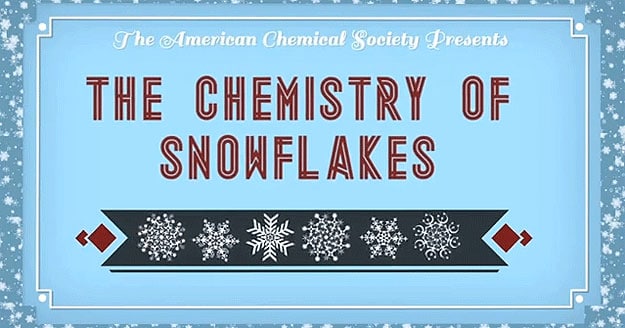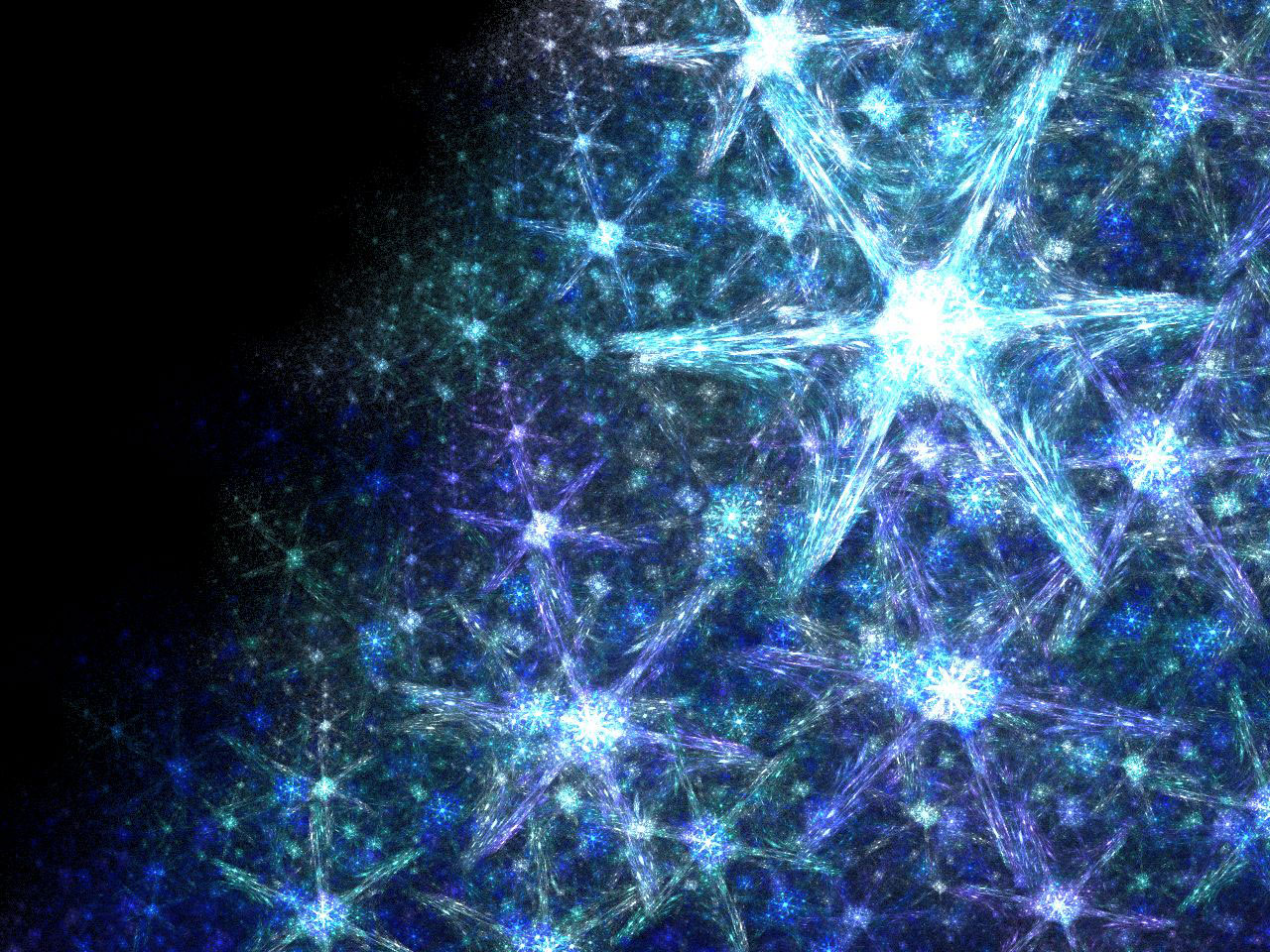One of my favorite things about winter is watching the snowflakes fall from the sky. I could stand at the window and watch them endlessly, which sometimes makes me wonder why I chose to live in a place that doesn’t get much snow. It’s just as well though because if I did live in a cold climate, I probably wouldn’t appreciate them as much. Each year I write at least one article about snowflakes. The one last year was a series of photographs taken of Snowflakes Under A Microscope. If you’ve never seen them up close like that, you gotta check them out. They look almost like blobs of dirty clay when seen up close like that. Today it’s all about the chemistry behind snowflakes.
It’s unseasonably warm in Atlanta this year, and I’m still waiting for the cold weather. I don’t know if we’ll get any snowflakes or not this season, but I found some interesting information about them that confirms they are magical specs of ice falling from the edge of the universe. It is a new video that was just uploaded to YouTube about the chemistry behind how each snowflake gets its individual shape. We all know that each snowflake is unique, but do you know how it forms like that? The chemistry behind it is fascinating and surprisingly simple. It makes it all seem so random and perfect at the same time.
According to this video, each snowflake starts off as a bit of dust in the clouds which becomes a water drop. The reason each snowflake has six crystals is because water molecules bond in hexagonal networks when they freeze. As the snowflake floats around in warm air, then cool air, then back and forth, it gets its own shape. I don’t want to mess up the explanation, so to learn the complete chemistry behind it, watch the video. If you want to read more about snowflakes, check out 5 Lessons A Snowflake Can Teach Us About Blogging.
The Chemistry Behind How Snowflakes Are Formed
Via: [Design Taxi] Snowflake Art: [andykit19339 / deviantART]


COMMENTS